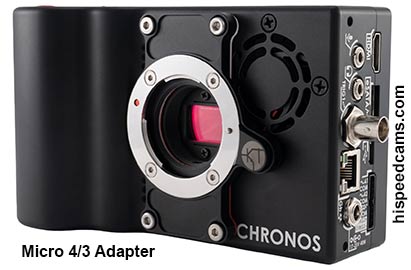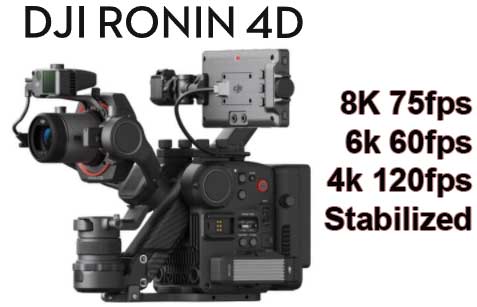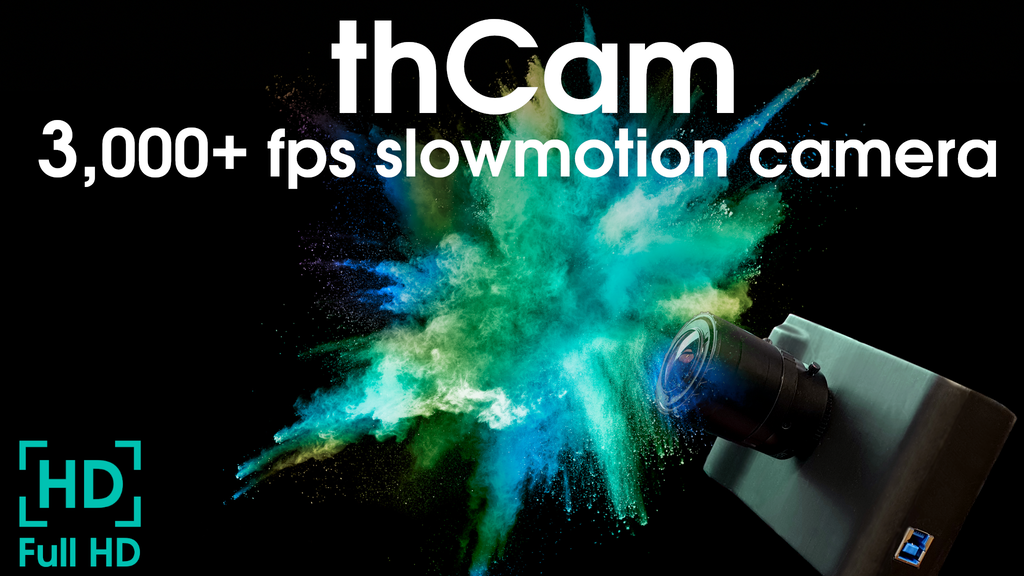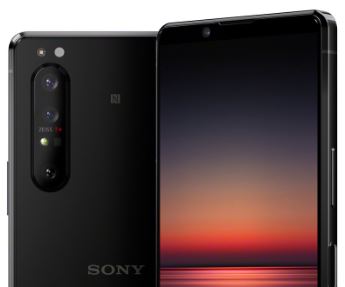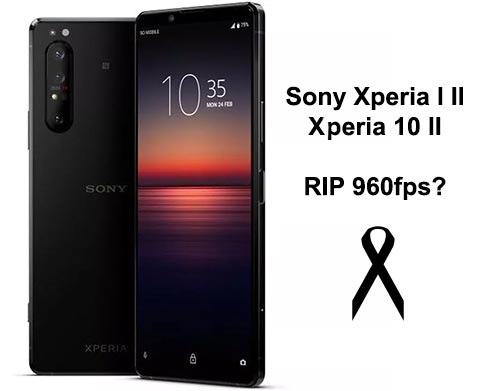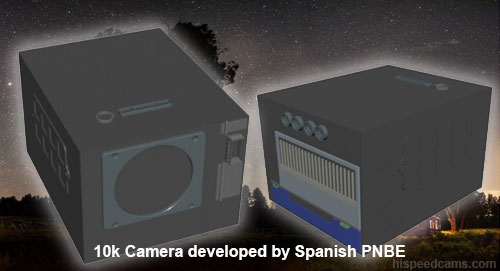(Note: As of November 23rd this campaign has been canceled due to lack of funding in time. )There is a new dedicated Slow Motion Camera being built by engineer enthusiasts and a Kickstarter campaign has just launched with the goal of gathering enough funds for production. The camera is called thCam Slow Motion Camera and is capable of shooting above 3,000fps at reduced resolution with a 1920px horizontal. The 1080p frame rate maxes out at 266fps and 576fps at 720p.
What is most impressive about this camera is the Machine Vision applications that can run with the platform like being able to train it to recognize QR codes, objects, and possibly even people. It could theoretically be used as a quality control camera that operates at very fast speeds. The other big deal is the price which is about $1,000 USD or €899 Euros which is a first for a camera of this kind.
thCam Slow Motion Camera Specs:
- Image sensor: 1920×1200, 10 bit Raw CMOS 2/3″ on 2MP Version
- Framerate: 240 fps (@ full resolution: 1920 x 1200), 576 fps (@ 1280 x 720), 1524 fps (@ 640 x 480), 3134 fps (@ 320 x 200)
- Pixel pitch: 4.8 µm
- Shutter: Global shutter
- Lens: included, compatible with every other C- / CS- Mount lens
- Image Sensor Size: 2/3” Optical Format
- Spectrum: Just visible light, no NIR (but the built-in NIR-cut filter can be removed or exchanged with another filter if you are willing to disassemble the thCam)
- Min. Exposure Time: 1 / 25,000 seconds
- Screen: multitouch capacitive lcd touchscreen
- Memory: 8 GiB (record time 12s)
- Battery: replaceable and rechargable li ion battery (continous recording time: > 2 hrs, stand-by mode: > 6 hrs)
- USB: USB 3.0 SuperSpeed connectivity
- Synchronization: External Monitorsignal and Trigger/Sync Port
- Software: Open Source, running on Windows (7 and above) / macOS (10.15 and above) / Linux
- Supported File Formats: Image Sequence (Raw, Jpg, Png), Video File (Mp4 / H.264)
- API: Open Source, use the camera in your own code (C++, Python, Java)
- Case: Aluminium case
- Dimensions: W x H x D = 14 cm x 8 cm x 5 cm (estimated values)
As you can see, the camera is no slouch, it can record up to 12 seconds of RAW video and can be used and controlled remotely with programming commands if needed. It uses a C mount much like other cameras in its class and has a 2 hr battery life while recording and up to 6hrs standby. The batteries are a couple of 18650s which are common and widely available.
There are also options to only get the PCB boards with a sensor instead of a fully built camera at a lower price of €649 for the 2MP sensor version. Some engineers are more inclined to adapt the PCB to their own pipeline instead of using a self-contained camera unit.
The Kickstarter Campaign:
The campaign here: https://www.kickstarter.com/projects/thdevices/thcam-3000-fps-slowmotion-camera
The creators of the camera a Swiss and German engineer team are asking for a pledge goal of $94,779 USD or about €80k Euros. For under $1000USD depending on the exchange rate, this is a cheap slow motion camera that has a lot of potential with RAW image quality that seems above good just looking at the provided samples.
Footage is recorded as 10 Bit RAW Image Sequences, full control of white balance, color tone, contrast, and brightness no compression. After editing you may compress your video to standard formats (H.264).
The camera features a Global Shutter so no rolling shutter artifacts to spoil your experiments.
The thCam comes with an equipped 8 GB memory module, enough to record about 12 seconds in full resolution with maximum framerate. Standard SODimm 204 DDR3 Computer memory modules are used, so you are free to upgrade your camera later on.
The camera also comes with a Super Speed USB 3.0 port. This high transfer rate allows you to stream images from the camera in realtime and low latency.
The camera also has an Open Source SDK that allows for programmability and full remote control of the camera via USB 3.
Supported Languages will be Java, Python and C/C++.
thCam Slow Motion Camera Video Samples:
Camera Timeline:
Team
Follow them on:
Instagram: https://www.instagram.com/thdevices/
Facebook: https://www.facebook.com/ThDevices-GmbH-101338128342338
Twitter: https://twitter.com/thdevicesgmbh
(Development-) Blog: https://blog.thdevices.com/
Our Take on the thCAM:
This is a pretty neat little camera with a lot of potential for labs, engineers, education, sports, and imaging enthusiasts/hobbyists.
It has a great interface with easy controls that is working and ready to go. It has extensibility via software and can be controlled remotely by USB 3.0 with instant feedback.
The video samples do show some noise, chromatic aberration, and softness but looking at some of the other demos, it is clear these are mainly due to either low light or a pretty bad quality lens used. If you coupled this image sensor with better high-quality glass like we have seen in other C mount cameras, it is easily going to produce beautiful imagery.
For $1,000 USD for a fully assembled and working camera, we do not believe there is a deal out there that can compare. Sure you only get a maximum of 266fps in 1080p but we do get 576fps at 720p which is better than what many prosumer cameras can shoot at and the fact that we have RAW here makes it that much sweeter.
For production houses and serious videographers, it is clear this camera will not fit the bill as the smallish 2/3rds sensor could pose problems with image quality for broadcast and film unless the conditions were ideal with ample light control. This camera is not intended for that market in our view. This camera is intended for serious scientific experimentation and motion analysis with the possibility to extend its capabilities with software.
As a sports training device, it could be the best-priced camera of it’s kind with enough quality to analyze body motion on the fly and on location with its portability and 2hr recording and 6hr standby battery. We can see golfers and gymnasts gravitating to a solution like this especially with the flexibility and price.
The team of the Ackermanns is entering the space with the thCam but hopefully, we will see a more image quality-oriented camera as a future product with a higher price but not extremely above this first iteration. If they could produce a similar 1080p camera at 1000fps or 2000fps we are sure it would make a gigantic splash.
We wish the team luck on their campaign which looks to be ready for production, hopefully, we will continue to see impressive engineering from this team for years to come. -HSC
Pledge your support and possibly get a camera at The Kickstarter Campaign here:
The campaign here: https://www.kickstarter.com/projects/thdevices/thcam-3000-fps-slowmotion-camera

